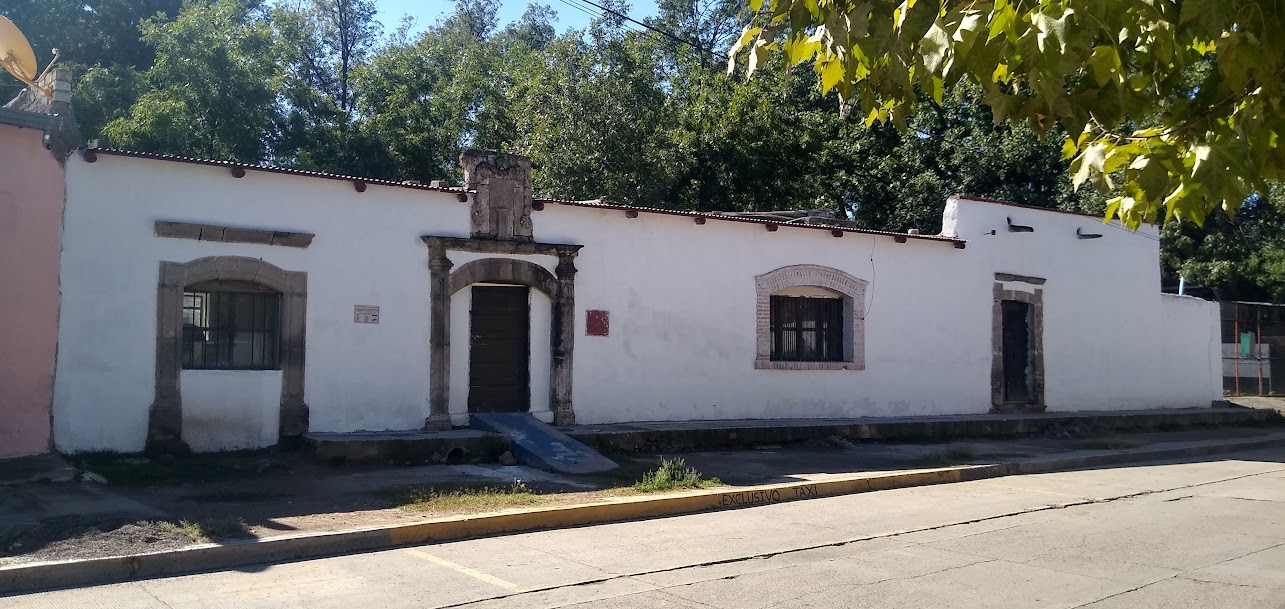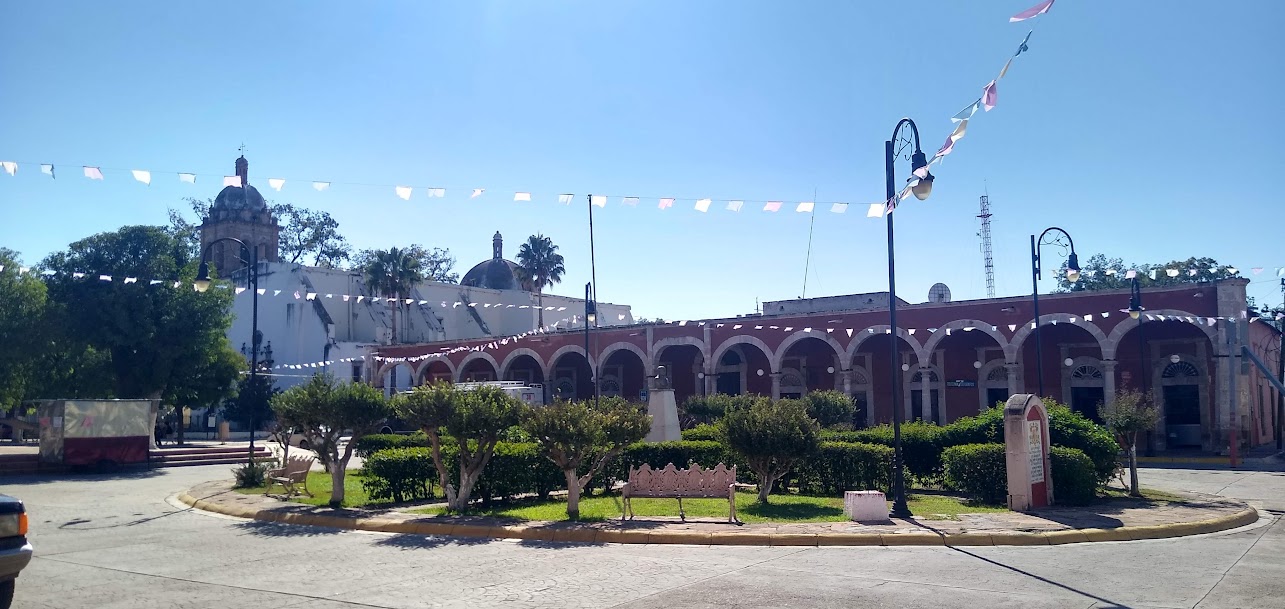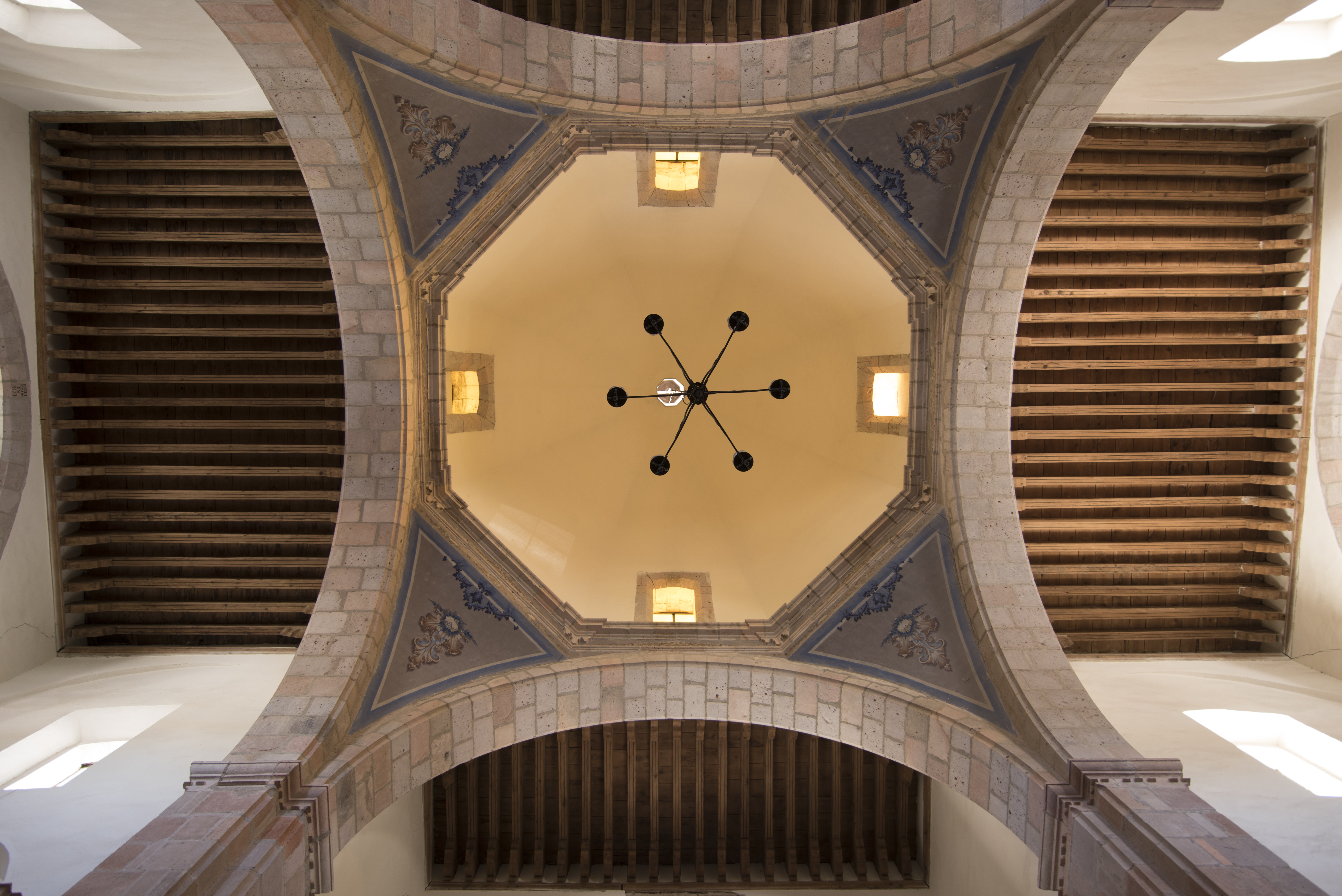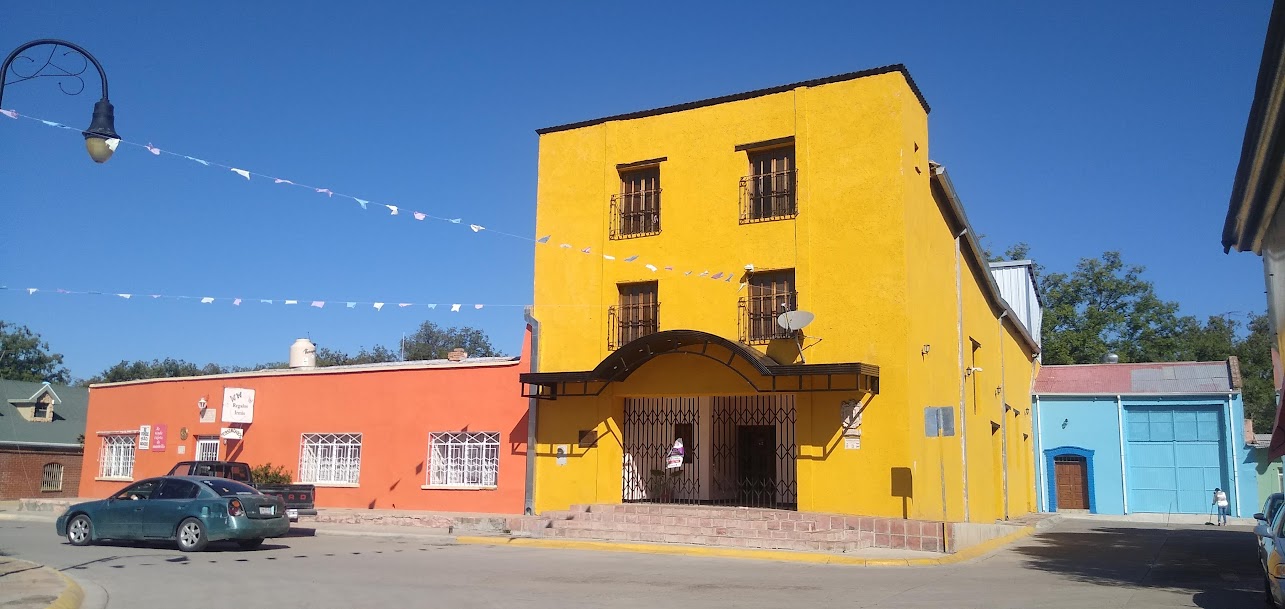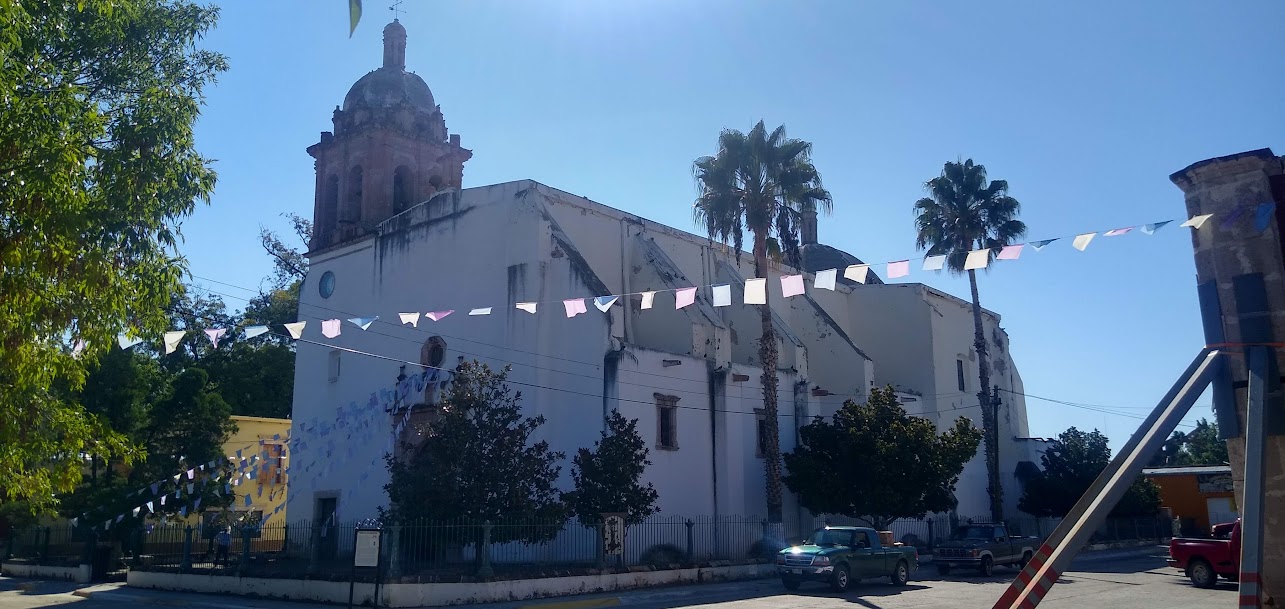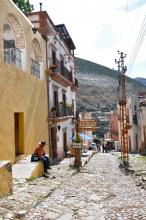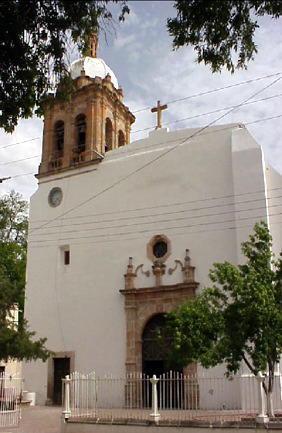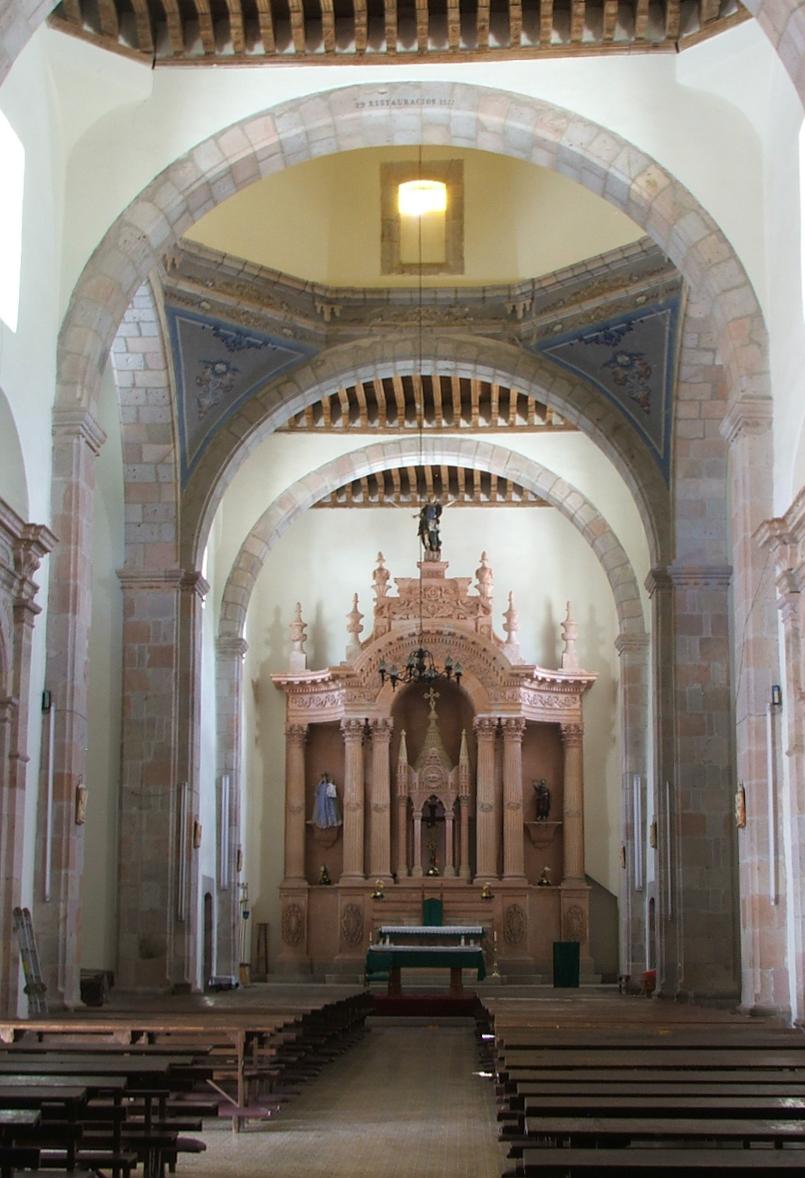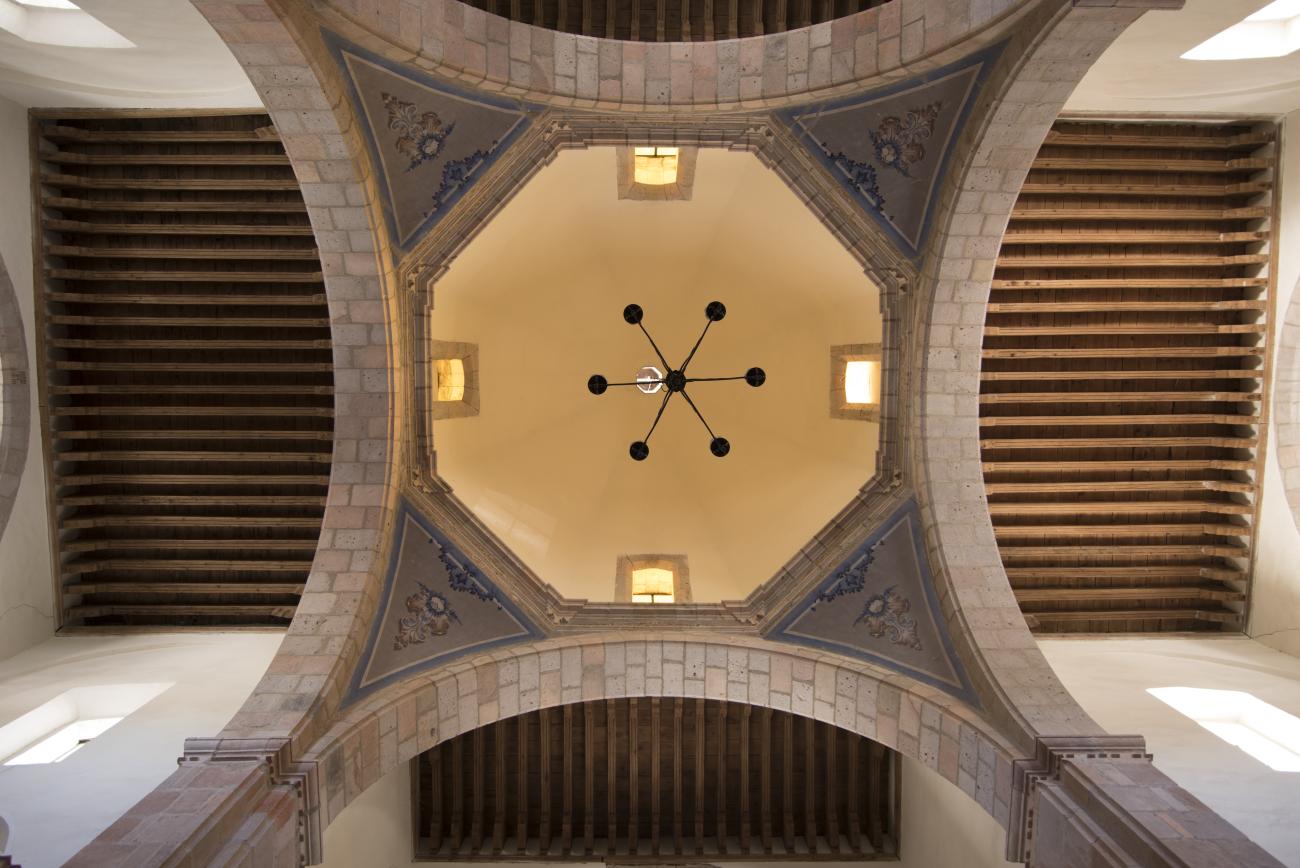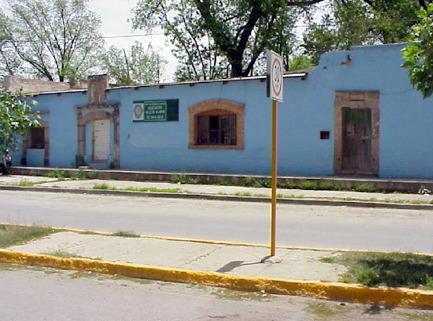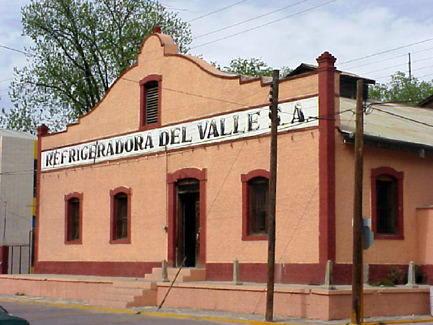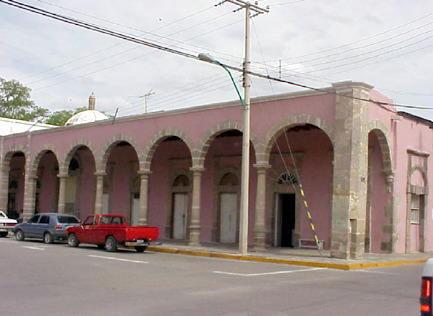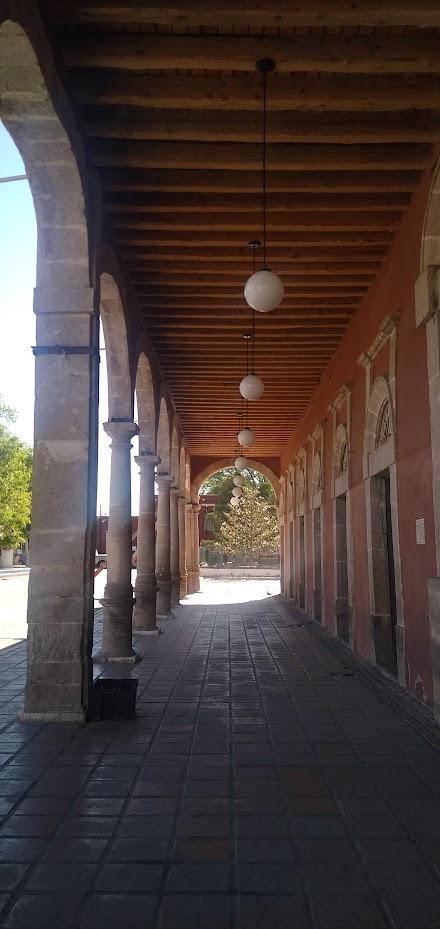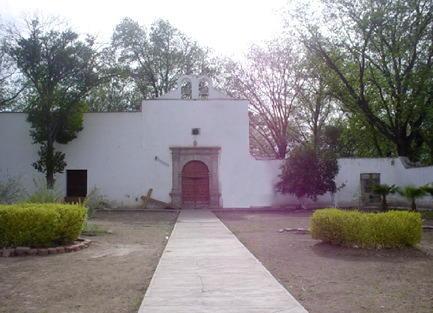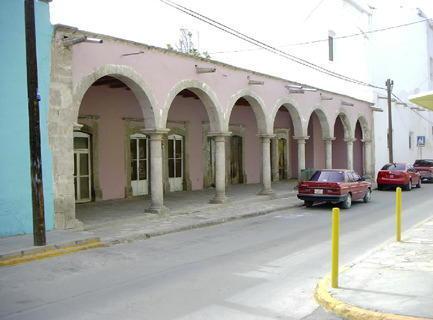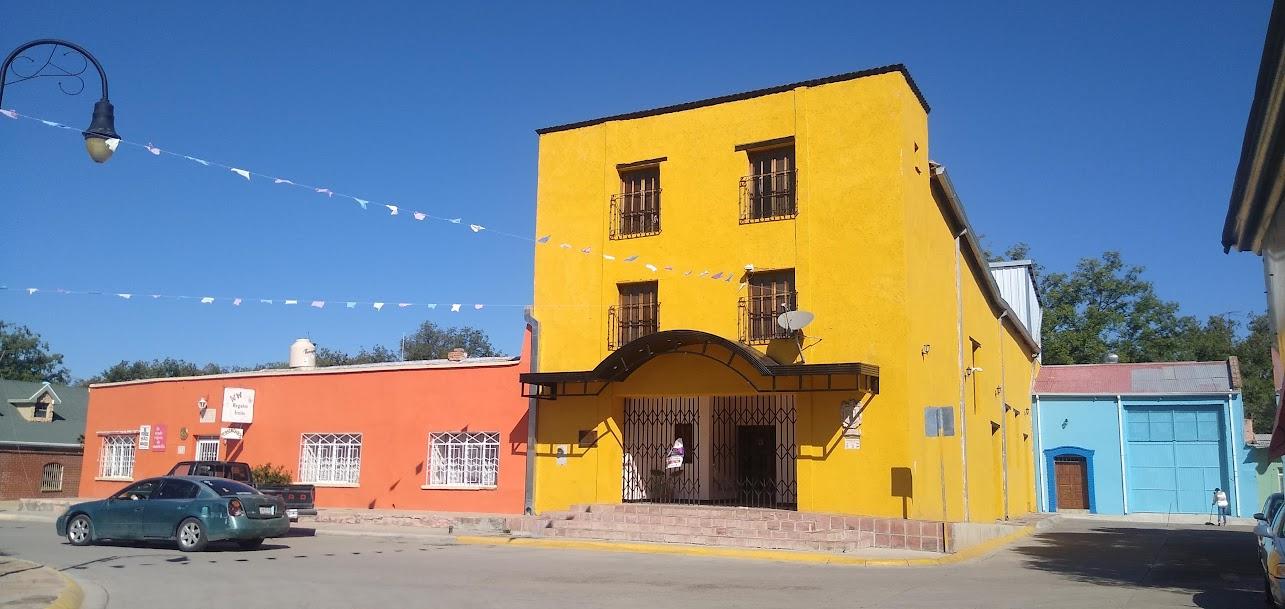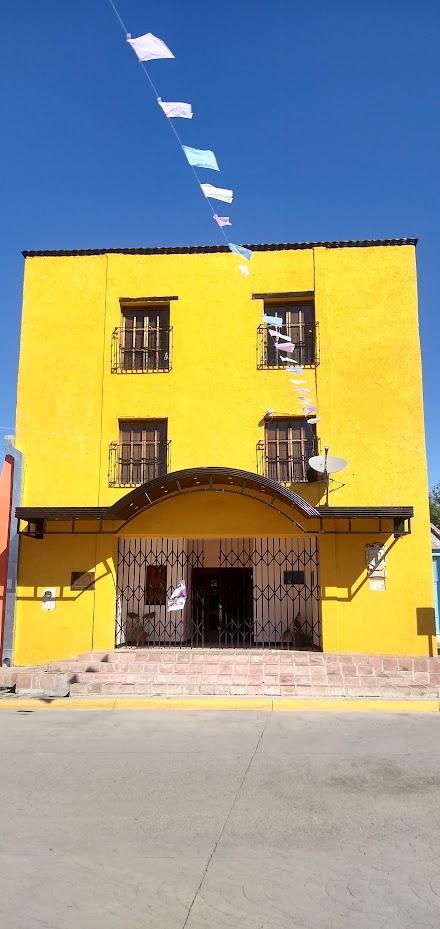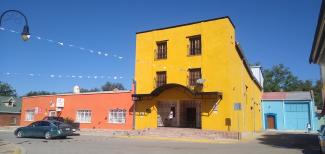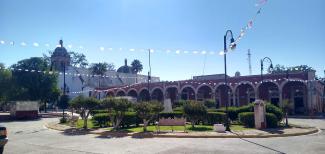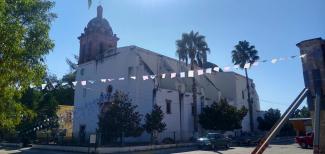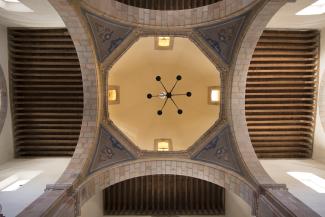Valle de Allende
Historical Monuments Zone
Route element
Abstract
An important agricultural center and historical city where in 1811, in the San Francisco Monastery, the heads of the fathers of Mexican Independence were put on display, to the horror of the local population: Miguel Hidalgo, Ignacio Allende, Juan Aldama and Mariano Jiménez.
The origins of Villa de Allende date back to 1560, when the missionary Friar Agustín de Rodríguez set about bringing the local population together in one place. However, it was not until 1562 that he received permission to build the first Franciscan mission in what is now the state of Chihuahua, giving rise to the foundation of the settlement. By the following year, in 1563, it was known by the name of Valle de San Bartolomé.
As well as being a mission, Valle de San Bartolomé was a royal mine that became established due to the dependence of its population on agricultural activities. This led to it becoming a significant center of production, supply and storage for a much vaster region that was essentially oriented towards mining, made up of San José del Parral, San Francisco and even San Felipe del Real, today the city of Chihuahua.
Valle de San Bartolomé was closely linked to the independence movements of the early 19th century. As mentioned, in August 1811 the heads of the executed heroes of Mexican Independence were put on display here. By decree of the State Congress of Chihuahua of September 19, 1825, Valle de San Bartolomé was renamed Valle de Allende, in honor of Ignacio Allende.
In 2001 the decree was published making the city of Valle de Allende, Chihuahua, a Zona of Historical Monuments. It comprises an area of 1.4 km2 and is organized into an urban layout comprising 70 city blocks, which are arranged around a central rectangular space, the Plaza de la Constitución, where the most important civic and social events take place.
The urban layout is determined by a system of ditches leading from the Valle river, which divide the town into four large irrigation zones. This means that fields dedicated to the cultivation of walnut trees are intermingled with the settlement, giving a dual character to the town as a place of both work and residence.
The urban image of the settlement is defined by the streets that are enclosed by the walls of the houses and, behind them, as a backdrop, the luxuriant and continuous crowns of the walnut trees, creating a striking contrast with the semi-desert surroundings of the region.
There are 110 buildings of historical value; worthy of mention are those intended for religious worship, including the church of Nuestra Señora del Rosario, built between the 17th and 18th centuries, and the church of Nuestra Señora de Guadalupe, which dates from the 19th century.
The historical residential houses are very simple constructions built between the town’s earliest origins and the early 20th century. The style is smoothed adobe with timber beams and clay tiles; in recent years metal roofs have been used. The façades lack ornamentation, with more solids than voids, occasionally varying with the presence of window openings with carved stone surrounds as characterize typical constructions of the 17th and 18th centuries.
Other notable works of architecture in the town that distinguish themselves from this typology are the rows of arcades in the center, close to the parish church.
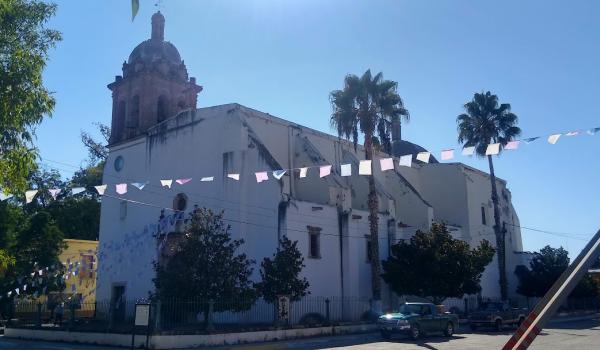
Templo de Nuestra Señora del Rosario
Construction of this Franciscan religious building began on May 2, 1788, and was completed in 1792. It was rebuilt in 1870 and repaired in 1904.
Templo de Nuestra Señora del Rosario
Construction of this Franciscan religious building began on May 2, 1788, and was completed in 1792. It was rebuilt in 1870 and repaired in 1904.
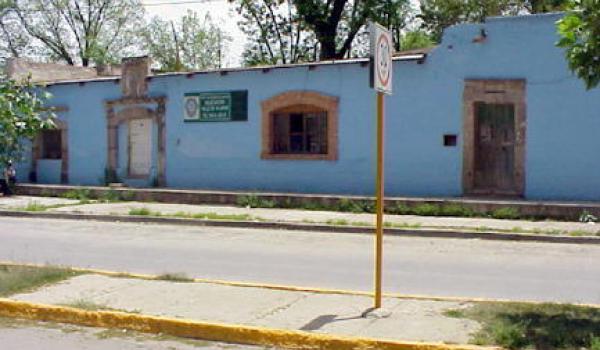
Aduana Nacional
Building constructed around 1862 to collect alcabalas, a tax established during the Colonial period. It later housed the transit offices and was eventually purchased by the Valle de Allende Fruit Growers Association.
Aduana Nacional
Building constructed around 1862 to collect alcabalas, a tax established during the Colonial period. It later housed the transit offices and was eventually purchased by the Valle de Allende Fruit Growers Association.
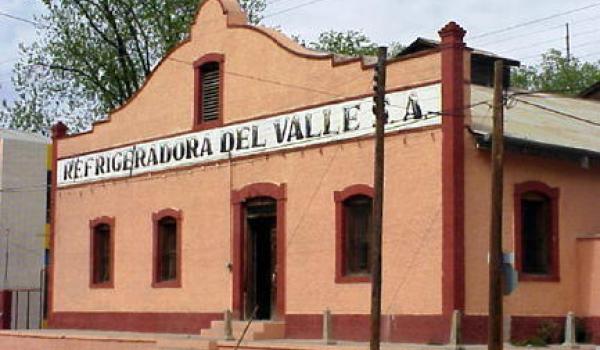
Misión Franciscana
In 1570, the construction of this convent and the church of Nuestro Padre San Francisco was authorized. This site included rooms for the fathers and a cemetery for the indigenous people. After becoming property of the Nation, the company Aún installed the first refrigerators in 1936.
Misión Franciscana
In 1570, the construction of this convent and the church of Nuestro Padre San Francisco was authorized. This site included rooms for the fathers and a cemetery for the indigenous people. After becoming property of the Nation, the company Aún installed the first refrigerators in 1936. Subsequently, it served as storage for archives and social uses for the town.
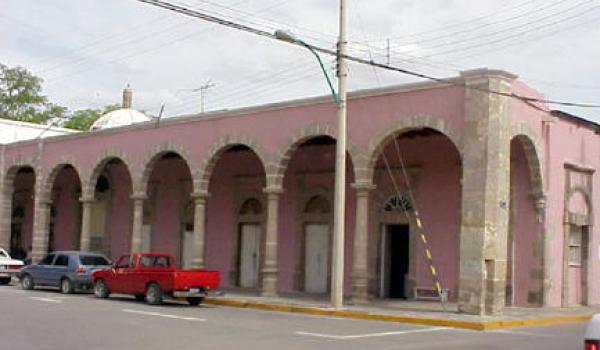
Los Portales
A 19th-century building that has served various purposes, including as a factory, residence, and commercial premises.
Los Portales
A 19th-century building that has served various purposes, including as a factory, residence, and commercial premises.
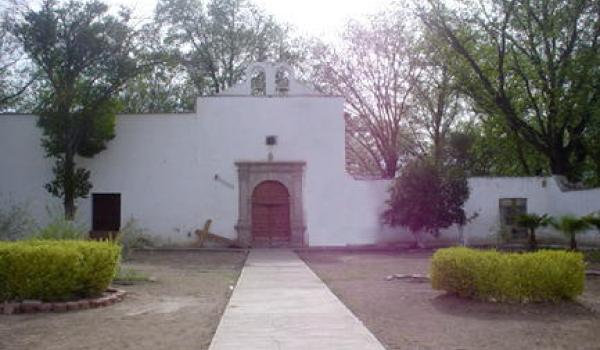
Templo de Nuestra Señora de Guadalupe
A 19th-century building initially constructed as a cemetery, later becoming property of the Nation.
Templo de Nuestra Señora de Guadalupe
A 19th-century building initially constructed as a cemetery, later becoming property of the Nation.
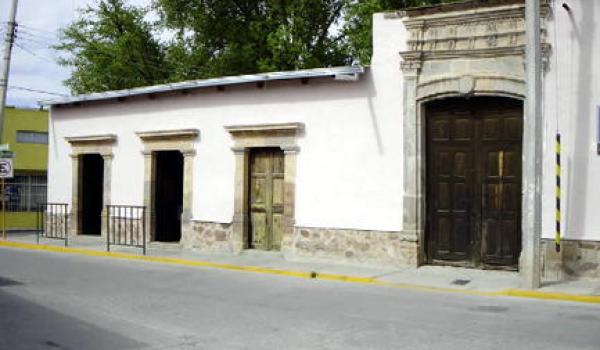
Casa Mayneña
A 19th-century building.
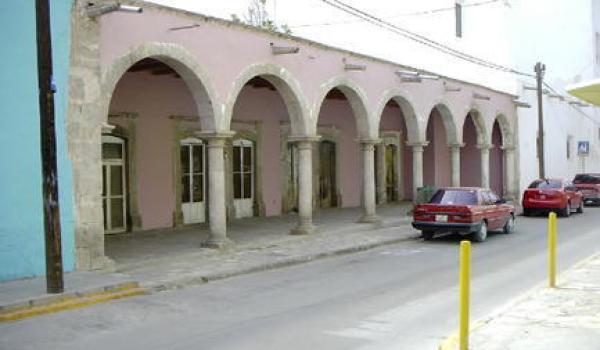
Los Portales de la Panadería
A 19th-century building. Three generations of bakers have made bread in the traditional style, using firewood.
Los Portales de la Panadería
A 19th-century building. Three generations of bakers have made bread in the traditional style, using firewood.
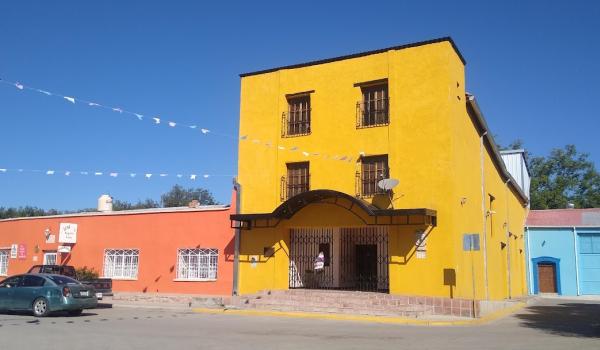
Cine Alcazar
Theater in the Main Plaza of Valle de Allende.

